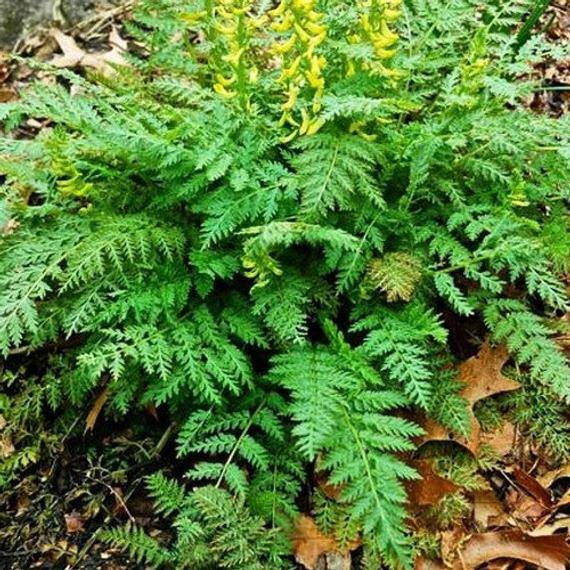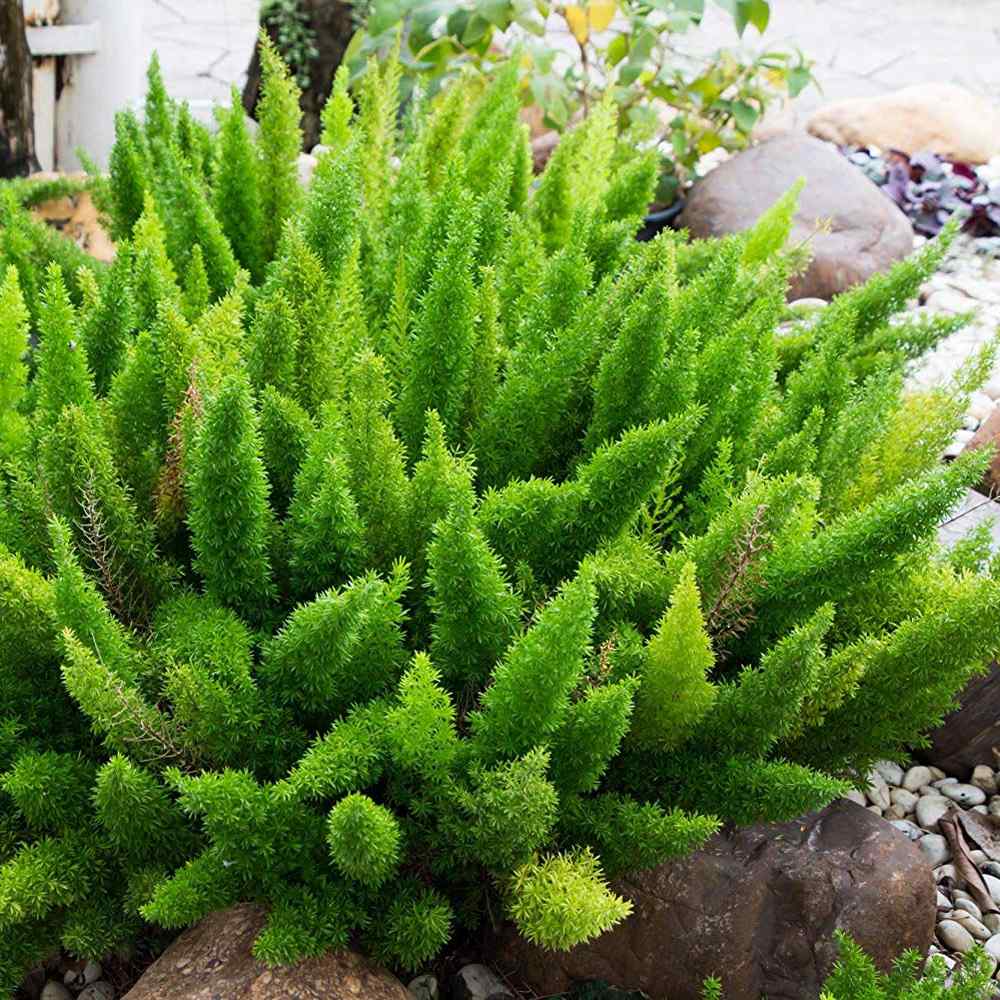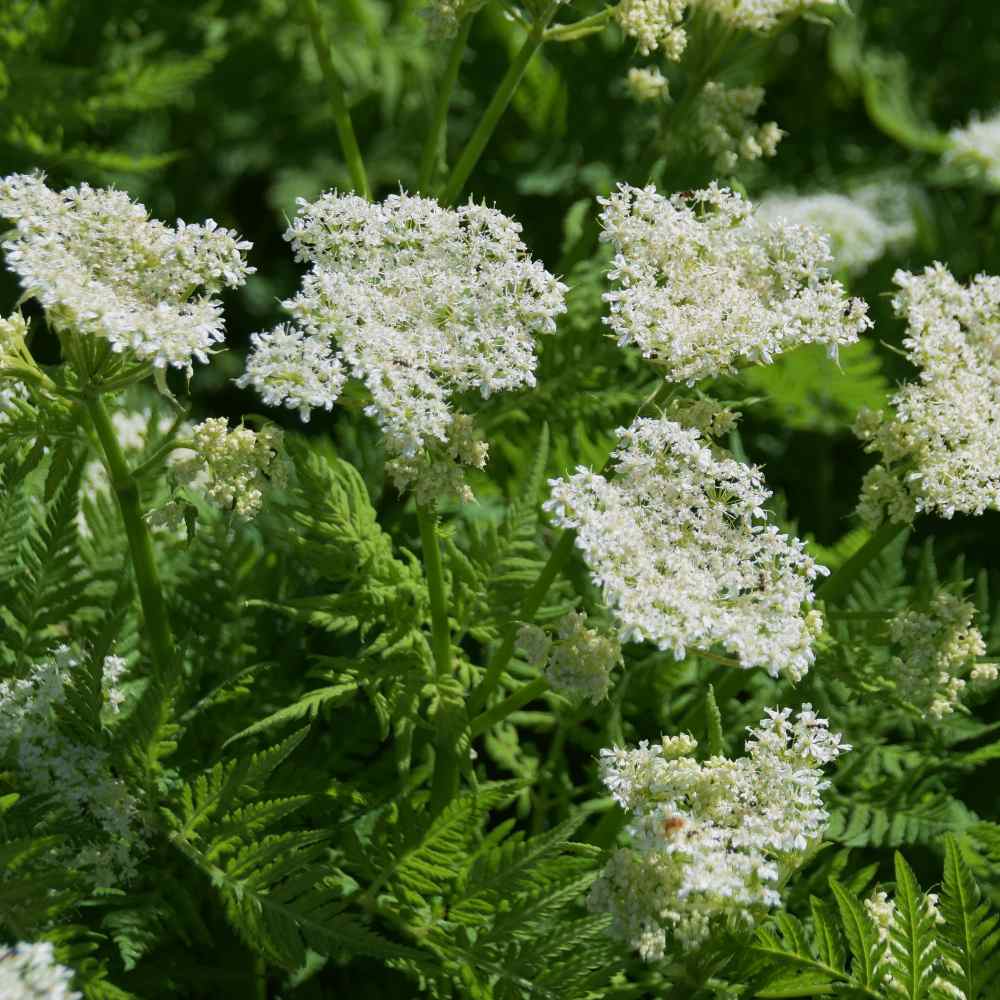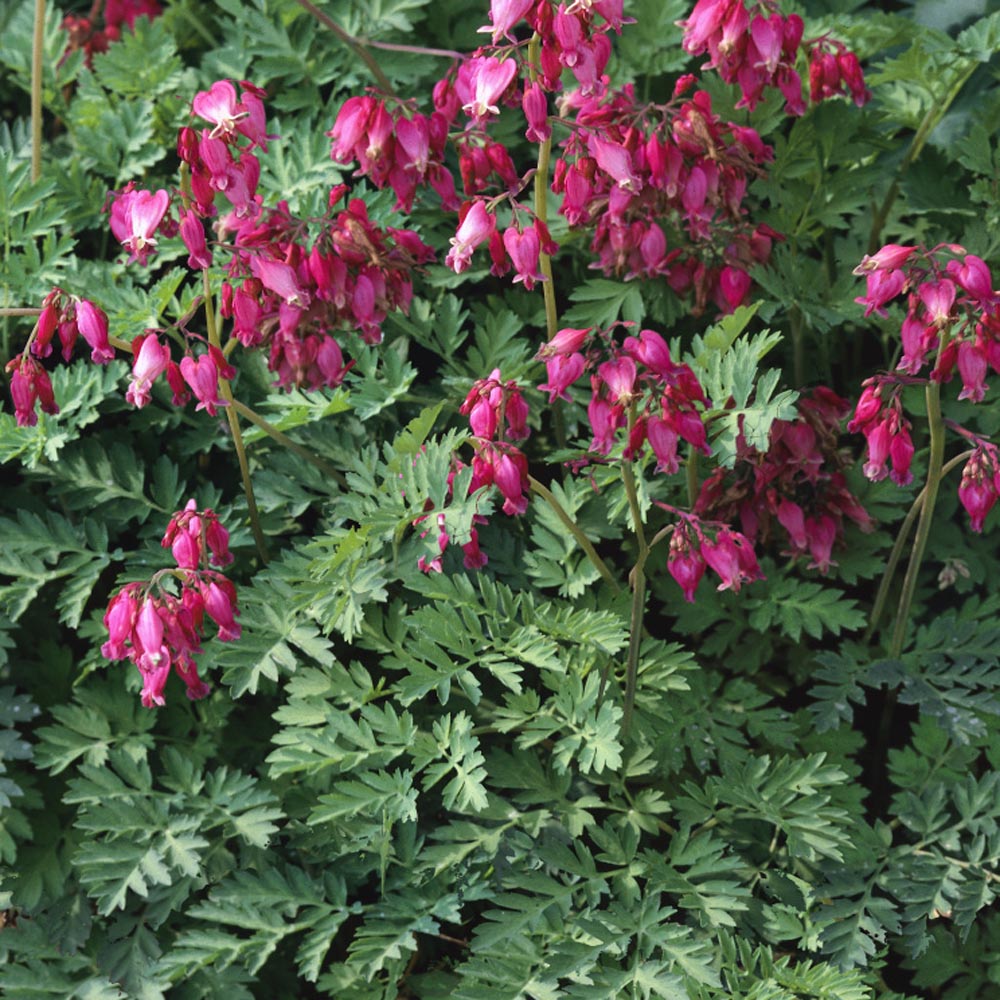
Corydalis Manchu Planting and Care Guide
Quick Facts About Corydalis
Corydalis is a hardy perennial that produces blooms of bright yellow. It is fern-leaved, and also attracts pollinators such as honeybees and butterflies.
Planting Time
Corydalis seeds require specific conditions to germinate, and are best started indoors in late fall to begin this process. See further details below in the "How to Grow" section.

Planting Location
Corydalis prefers partial shade, and should be grown in soil that is rich and well-drained.
How to Grow Corydalis
- Corydalis Manchu seeds require careful preparation in order to germinate. To begin this process, sow the seeds indoors in the late fall, using trays or small pots filled with a seed compost. Sow 6 seeds per plant, and press into soil without covering.
- Keep seeds constantly moist, and maintain a temperature of 72F degrees for 6 weeks. Covering the trays/pots with plastic wrap can help retain moisture.
- After this, move the containers to a sheltered place outdoors, with a desired temperature range of 25-39F degrees for another 6 weeks.
- Finally, gradually raise temperatures to 50F degrees until germination occurs. This can be accomplished simply with the arrival of spring weather.
- Once seedlings are established, plant into the garden spaced 12 inches apart. Transplanting early is necessary for ground plants, as Corydalis doesn't transplant well if grown in pots for too long.

Care And Maintenance
- Keep weeds under control during the growing season. Weeds compete with plants for water, space and nutrients, so control them by either cultivating often or use a mulch to prevent their seeds from germinating.
- Mulches play a vital role in preserving soil moisture and ensuring consistent soil temperatures. When it comes to annuals, using organic mulch made from shredded leaves not only enhances the appearance of the bed but also enriches the soil as it decomposes over time. Remember to keep mulch away from the plant stems to avoid potential rot issues.
- Corydalis should be given regular waterings, particularly in hotter months. However, it is imperative that the soil should drain well and not become soggy.
- Provide Corydalis with an organic mulch to maintain soil fertility. A slow-release fertilizer can be applied at the beginning of the growing season if desired.




































